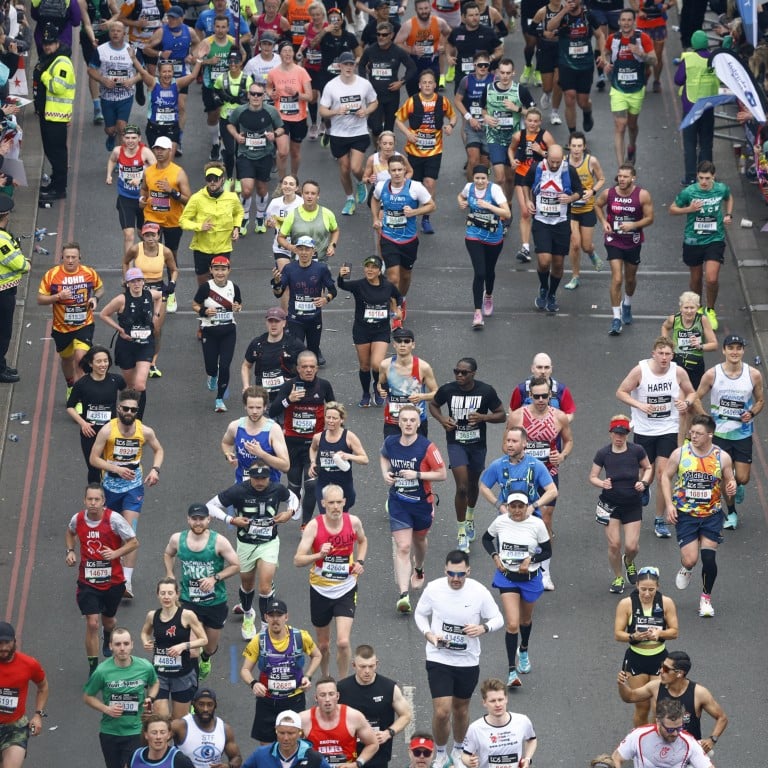
High-intensity warm-up before a marathon no better than gentle jog in improving endurance performance, research suggests
- Recent review and meta-analysis has found high-intensity exercises do not improve endurance performance
- Researchers looked at post-activation performance enhancement (PAPE) exercises in endurance exercises
It’s common to see long-distance runners jumping up and down or dashing out short sprints before a race as part of their warm-up routine. But a recent review and meta-analysis has found these types of exercises do not improve endurance performance.
In fact, there is no robust evidence that explosive or high-intensity exercises before a race are effective in improving performance for shorter distances either. Indeed, there isn’t any solid evidence supporting other forms of exercise either.
Researchers looked at post-activation performance enhancement (PAPE) exercises in endurance exercises. Endurance is categorised as a less-than-maximum-intensity exercise that can be completed over a long duration, such as a marathon. PAPE normally involves an acute bout of high-intensity exercise before a specific task, such as running.
The generally accepted opinion among sports scientists is that PAPE is associated with enhanced muscle power performance in short endurance activities, a phenomenon called post-activation potentiation (PAP). It is expected that PAP enhances long endurance events by increasing power output at the race’s beginning. But a “paucity of well-designed studies” means there is limited evidence to back this line of thinking.
“We found no support to recommend warm-up strategies to induce PAPE in endurance exercises,” researchers from the University of Sao Paulo, Brazil, said.

The findings, published in Medicine & Science in Sports & Exercise, reviewed over 34 studies of running, cycling and rowing between 1993 and 2022.
Whilst there is some evidence that PAP is effective in improving performance in muscle-power activities, there have been mixed results over its ability to improve endurance, which the Brazilian research team wanted to investigate.
And they were surprised by the result.
“We expected that some PAP effects may be beneficial for PAPE in endurance modalities, as the theory behind this suggestion is strong,” lead author Flavio Pires, associate professor, exercise psychophysiology research group, said. “But the data from previous studies are inconclusive to support this assertion.
“We discovered that PAPE effects as found in several studies are spurious, a likely result of a poor methodological control of those studies.”
Although many studies have attributed a warm-up-induced performance enhancement (that is, PAPE) to the underlying mechanisms of PAP, Pires’ paper argues improvements are most likely related to bias in the methodology used by them.
But that does not mean it’s time to ditch the pre-race warm-up; it is just that no one warm-up is superior to another, in terms of enhancing endurance performance.
“Warm-up routines are essential for a successful exercise session or competition, as they will physiologically and psychologically prepare the athletes’ body and mind to the exercise,” said Pires.
“But runners must be aware that their endurance performance won’t be improved beyond the performance level they would attain without a warm-up designed to induce PAPE,” he added.
So having a gentle jog before a marathon may be just as effective as a plyometric workout and may help athletes retain vital glyocen stores for longer.
To further understand the actual effect of PAP on muscle endurance exercise Pires is currently investigating how a variety of very short warm-ups can improve muscular endurance along with PAP mechanisms.

